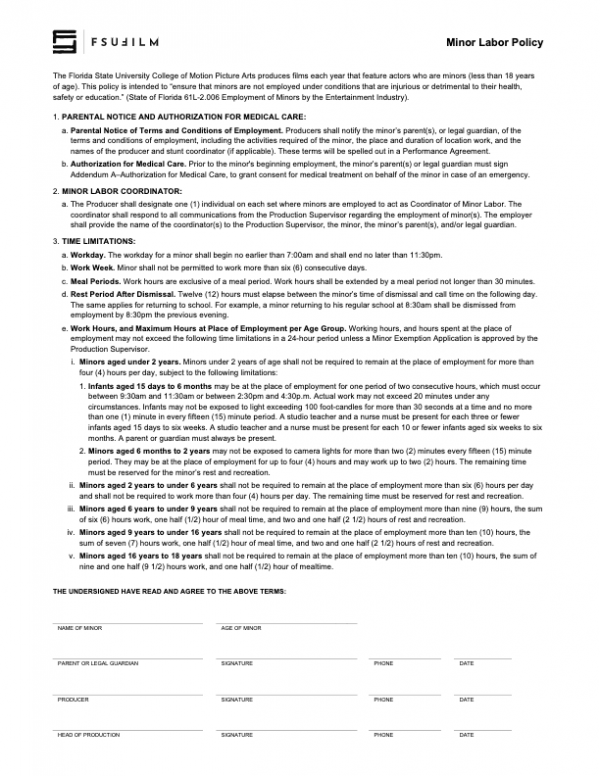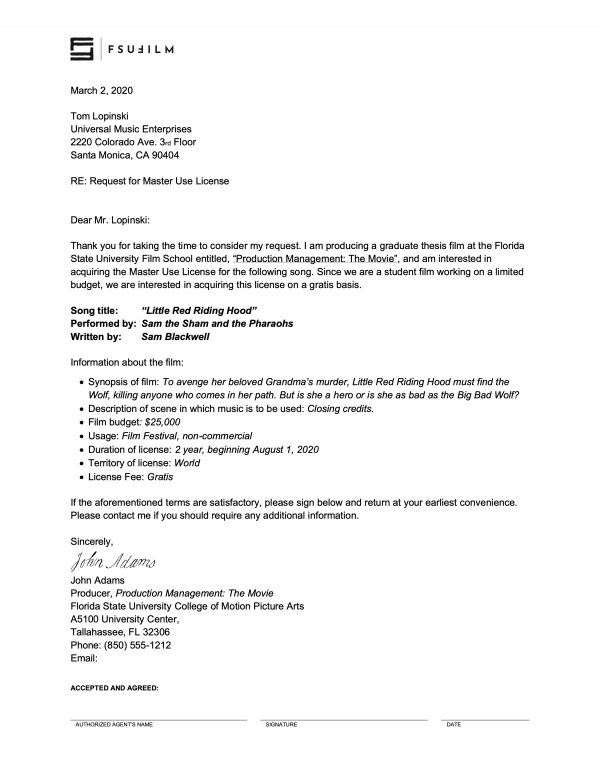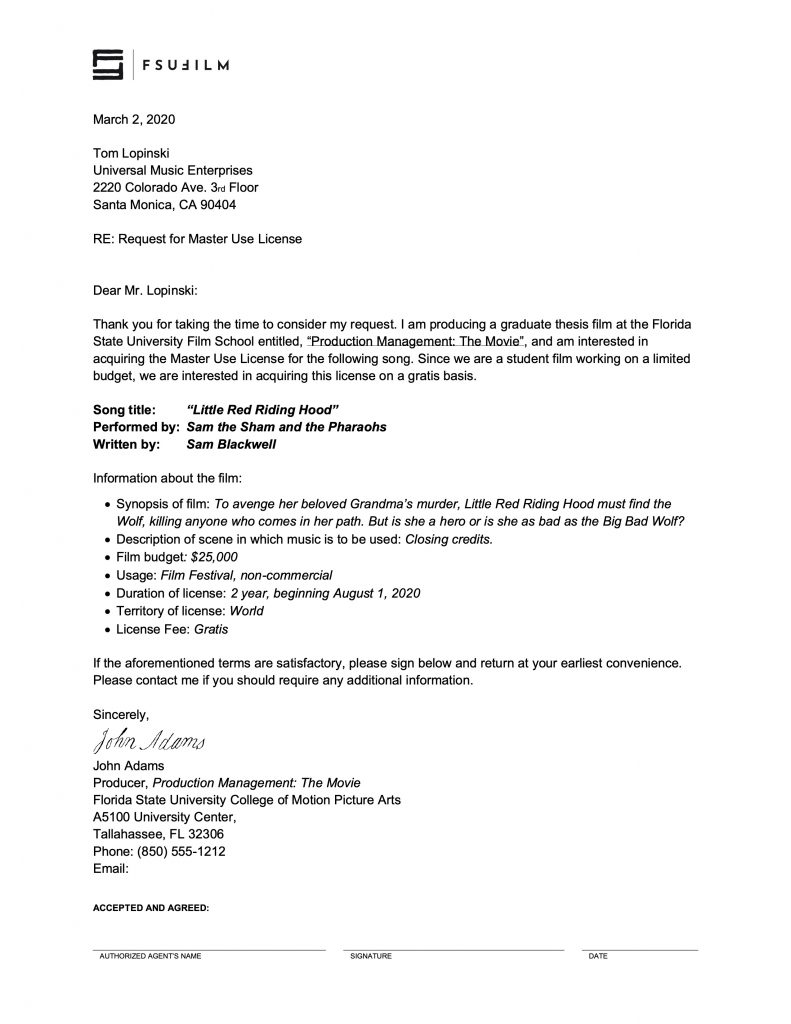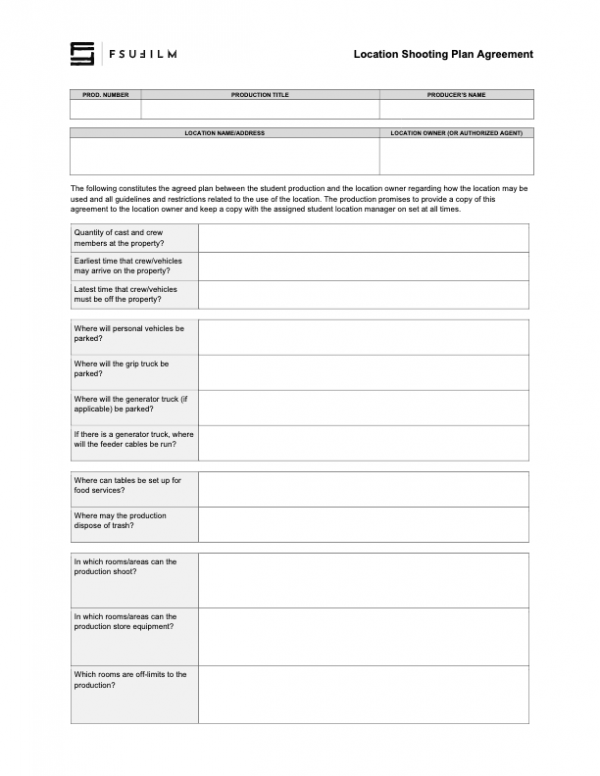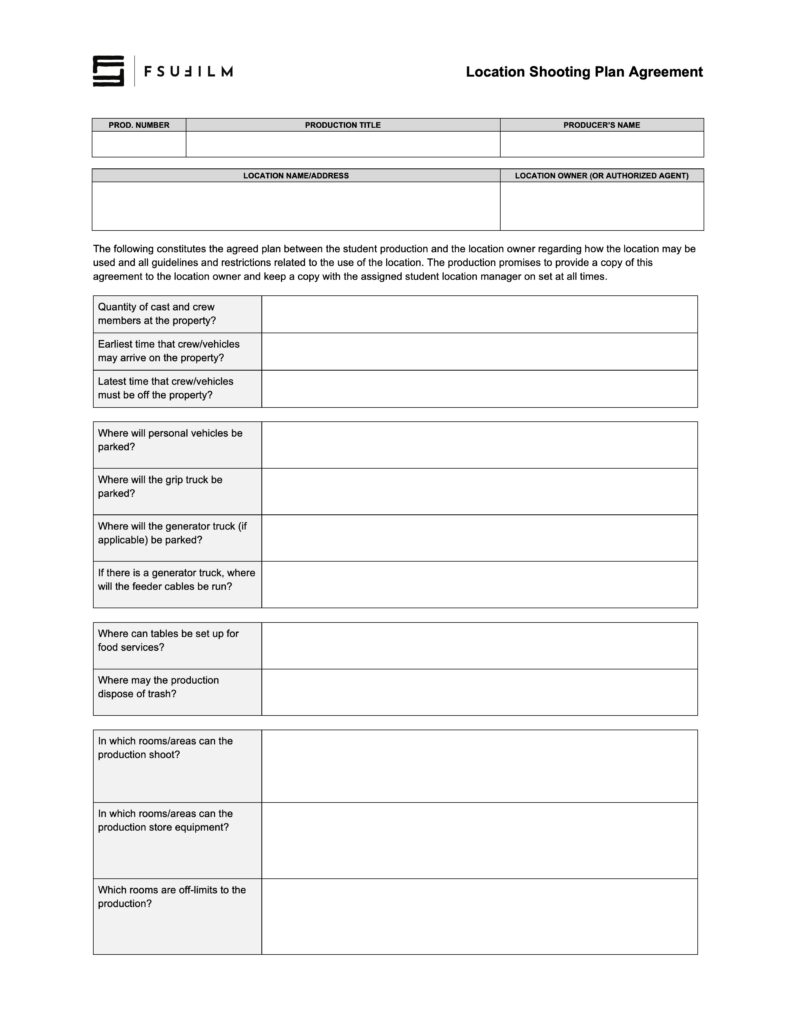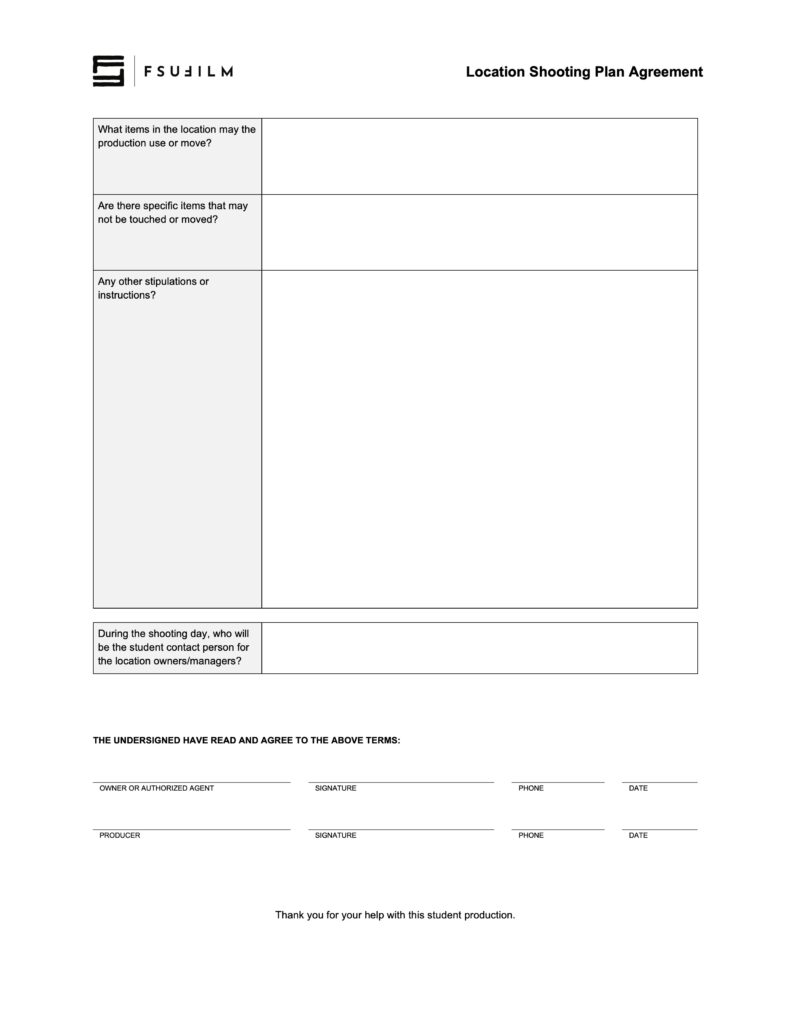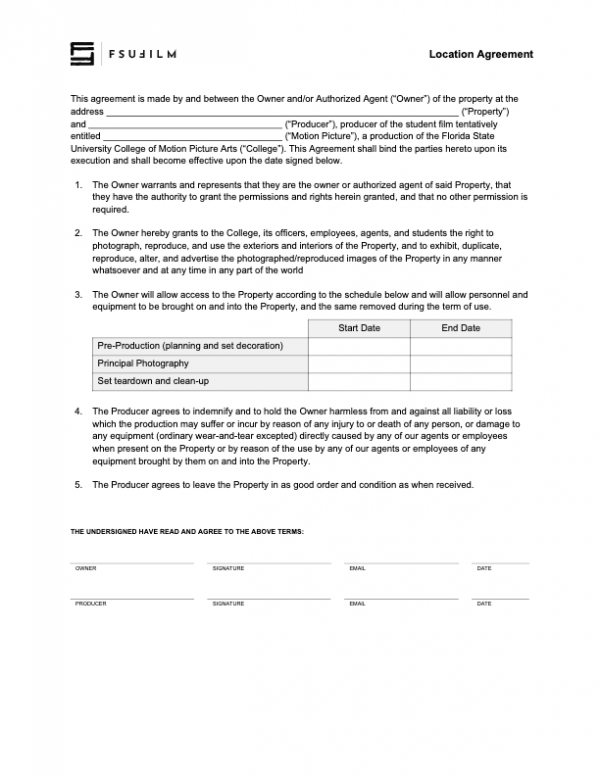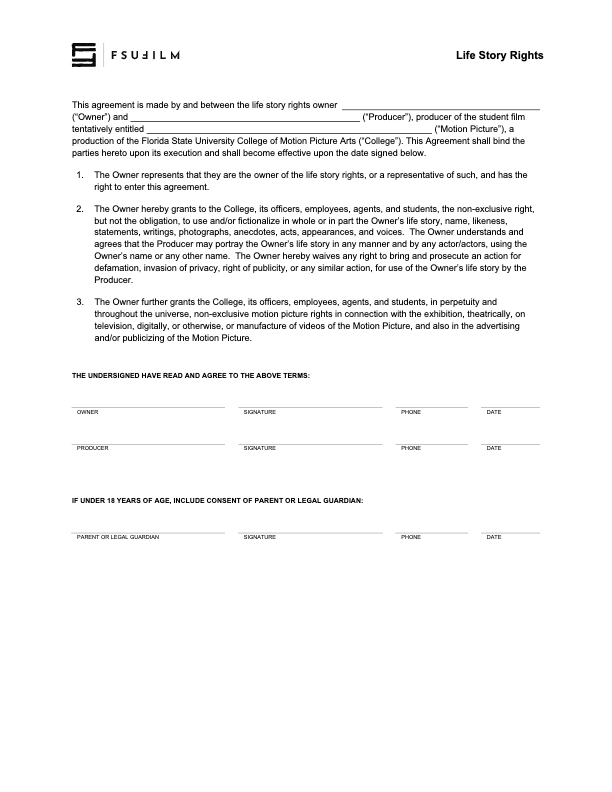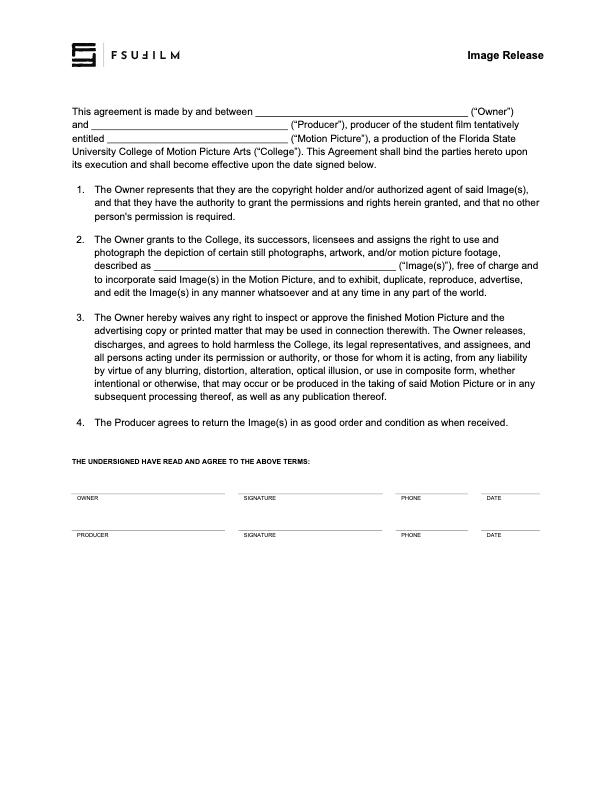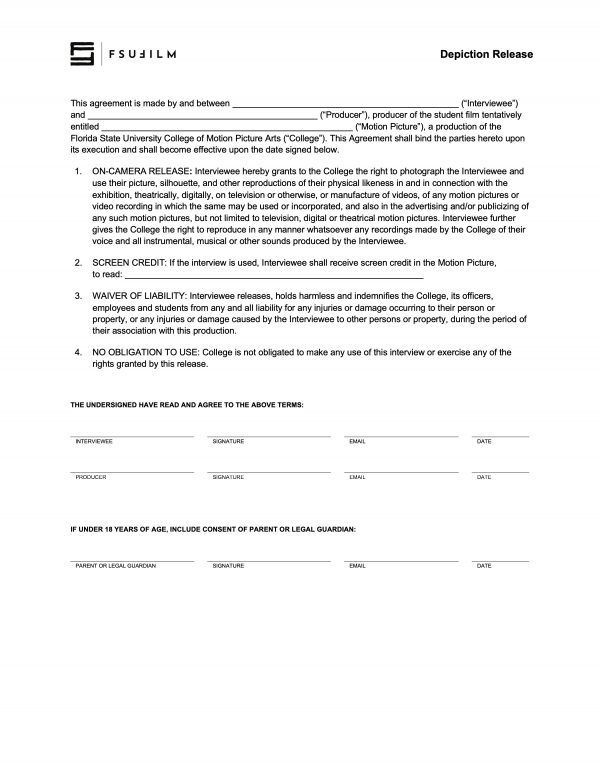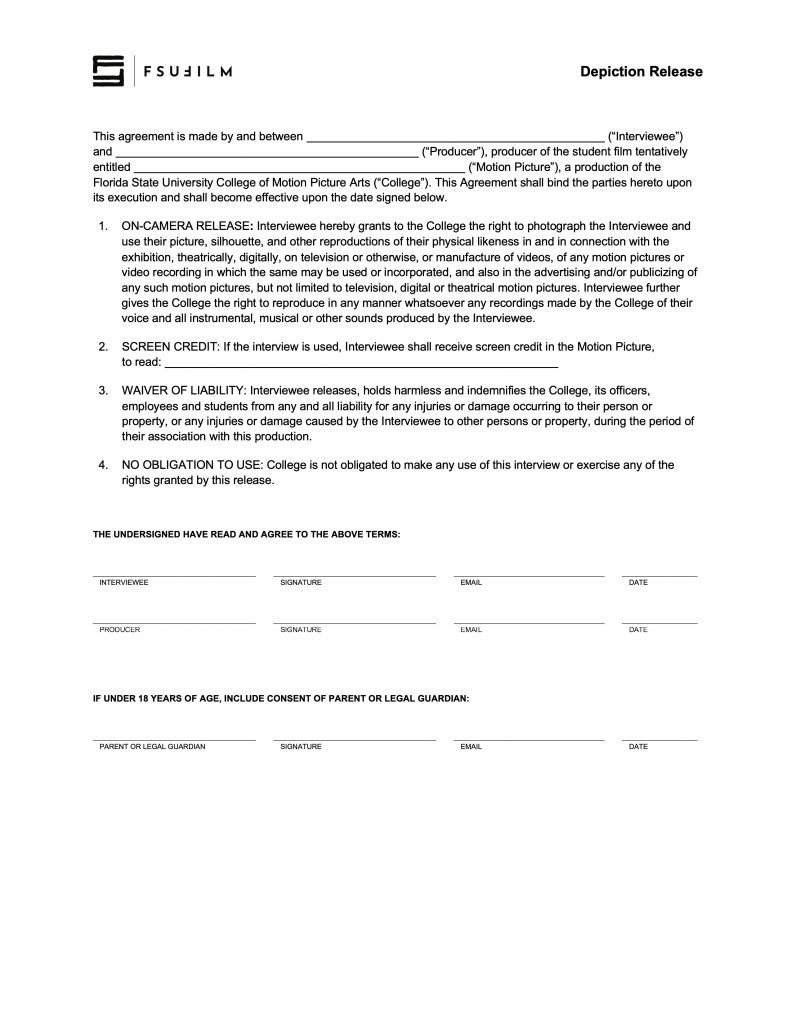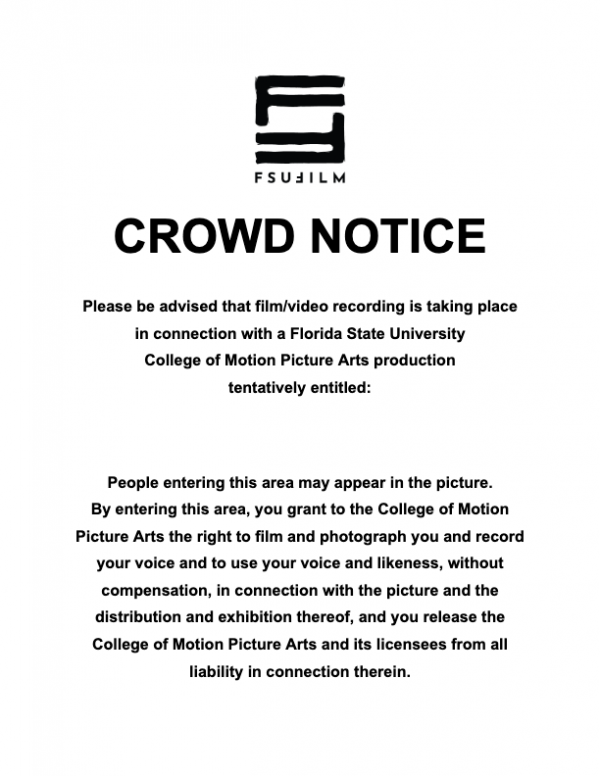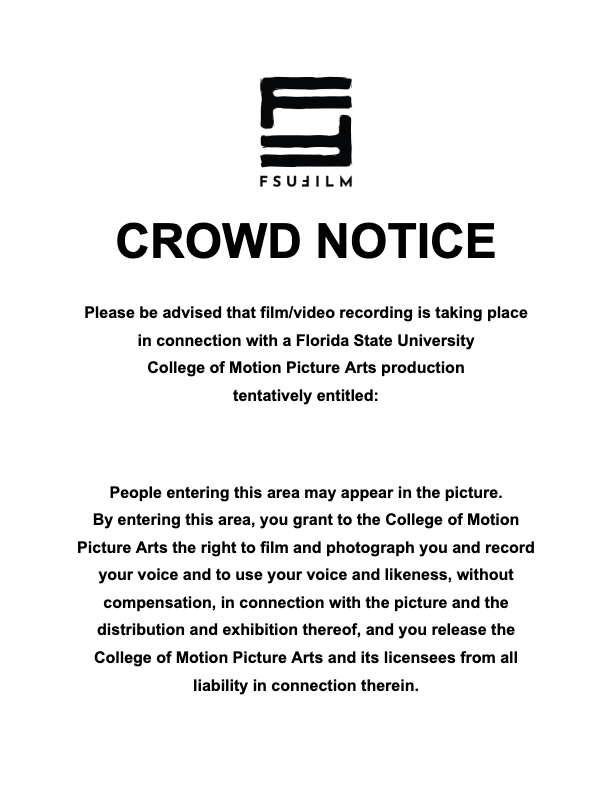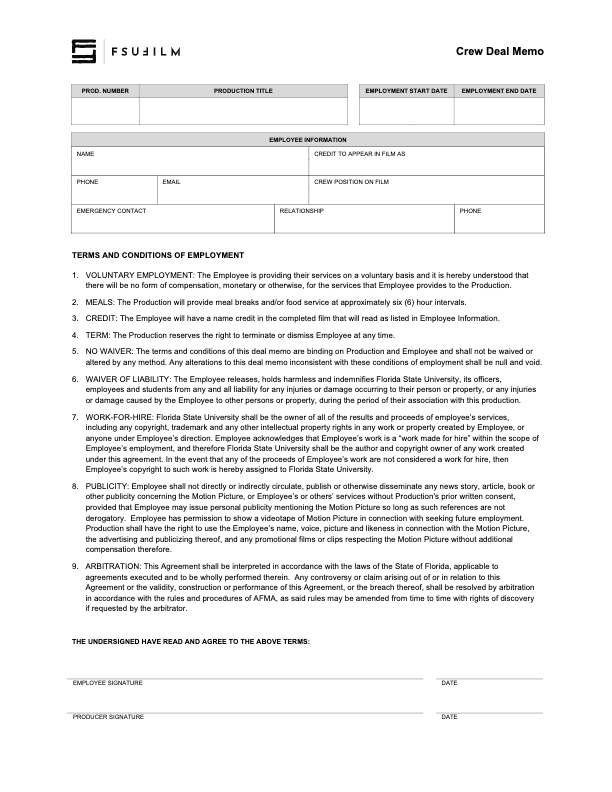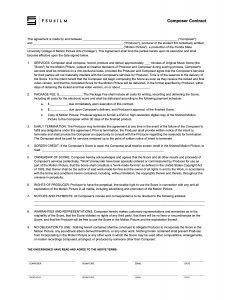Production Paperwork
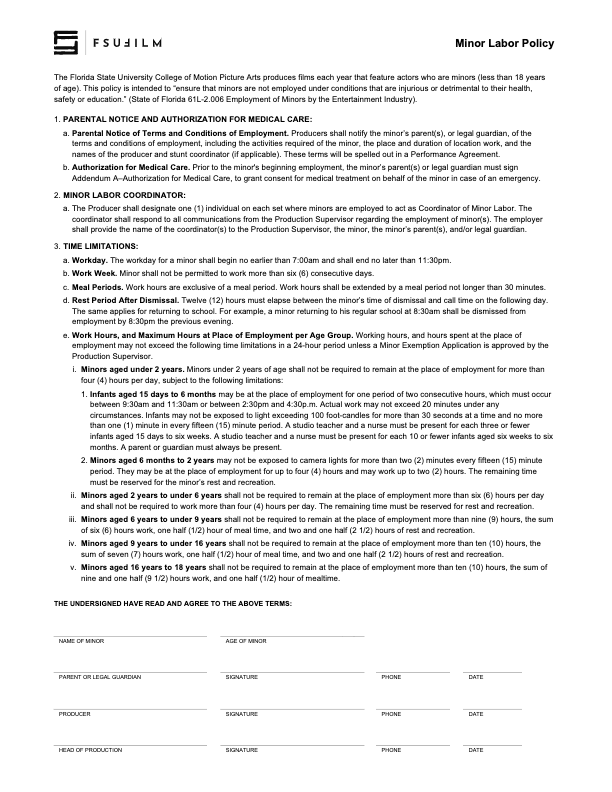
Instructions
The Minor Labor policy is intended to safeguard children from being employed under conditions that are injurious or detrimental to their health, safety or education. This paperwork serves to ensure that parents (or legal guardians) are informed about the conditions of employment.
The Producer of a show that involves minor labor should complete both pages of this document with the parent or legal guardian. The first page outlines the terms of the labor agreement. The second page documents any medical conditions or dietary needs, and provides authorization for the school to seek medical treatment for the minor in cases of emergency.
Should any exemptions or modifications to this policy be needed, the Producer should complete a Minor Labor Policy Exemption Request with the parent or legal guardian.

